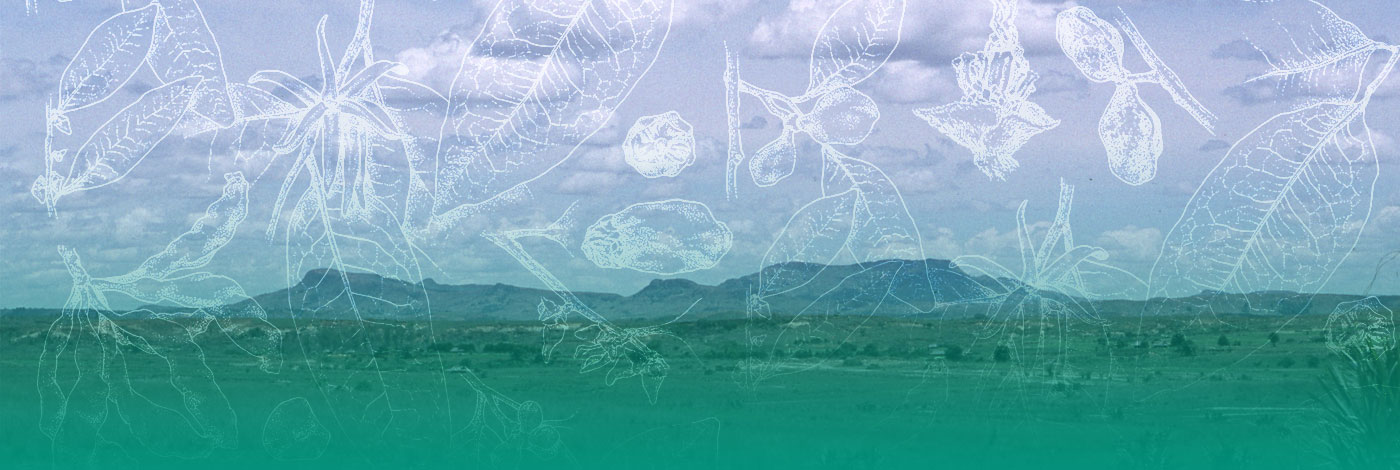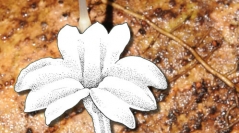

 Adansonia
46 (10) - Pages 89-101
Adansonia
46 (10) - Pages 89-101The 50 new species to science of plant published since 2009 from the Republic of Guinea (Guinée-Conakry), W. Africa, are reviewed. A further new species, of Gymnosiphon Blume (Burmanniaceae), G. fonensis Cheek, sp. nov. is formally described from the Forêt Classée de Pic de Fon, Simandou Range, Guinée-Forestière. The new species was formerly confused with and resembles G. bekensis Letouzey of central Africa in the broad flat outer tepal lobes, perianth tube >10 mm long, and (sub)sessile flower. It differs e.g. in that the length of the corolla tube, (13-)14-18 mm, exceeds the corolla diameter (10-11 mm) (vs length of the corolla tube (12 mm) < the corolla diameter (12-15 mm)), the anthers inserted c. 4 mm deep in the corolla tube (vs inserted at the corolla mouth) and the rhizome lacks scale-leaves (vs scale leaves present). Gymnosiphon fonensis Cheek, sp. nov. is the first known species of its genus and family in which secondary pollen presentation (on the style head) has been recorded. The species is known from five sites, all with threats, in a single threat-based location, accordingly it is assessed as Critically Endangered (CR B1ab(iii)) using the IUCN 2012 standard, making it the most threatened species of Gymnosiphon assessed in continental Africa. We provide notes on the importance for plant conservation of the type locality, the Boyboyba forest, Simandou, which has the highest diversity of Gymnosiphon species, and of achlorophyllous mycotrophic species, in W. Africa. The new species is illustrated by colour photos and line-drawings and is mapped. An identification key is provided to the ten species of the genus now known from Africa and Madagascar.
Achlorophyllous mycotrophs, Africa, Boyboyba Forest, Critically Endangered, saprophytes, secondary pollen-presentation, new species